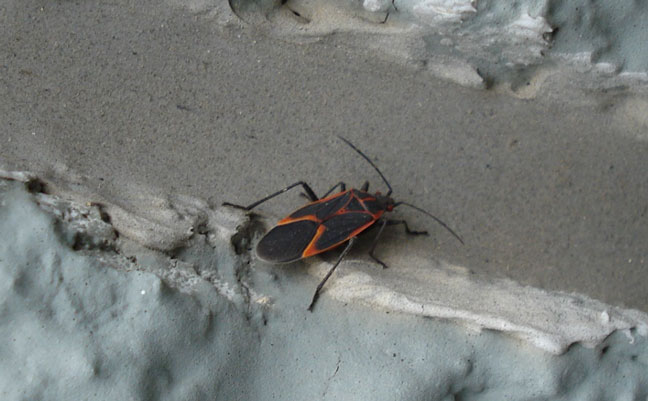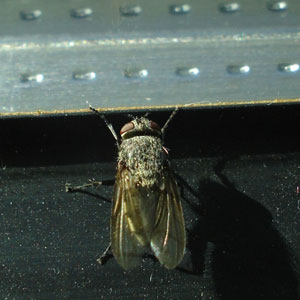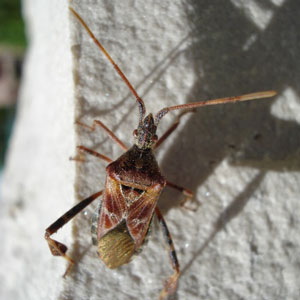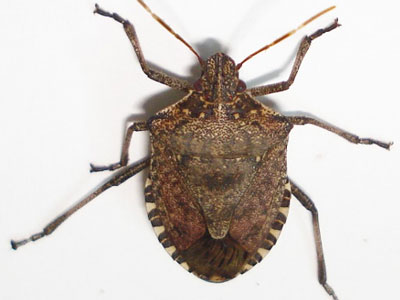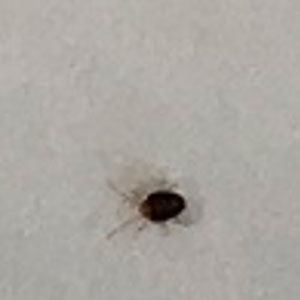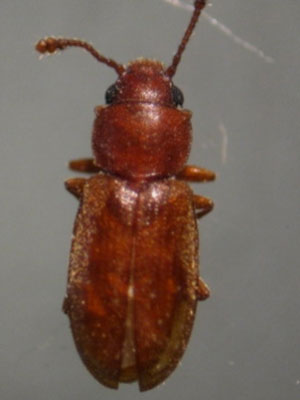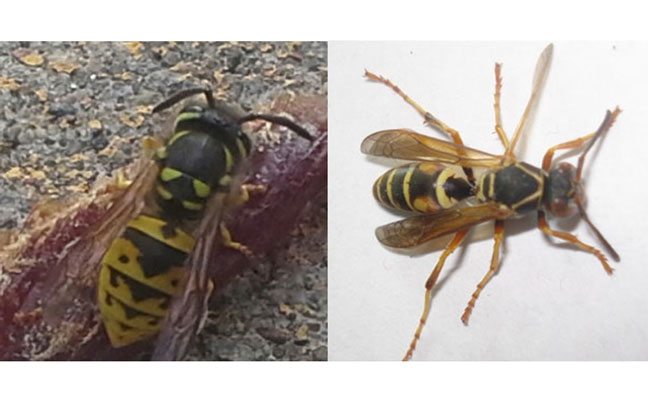
Brown marmorated stink bug. (Photo: United States Department of Agriculture)
A recent study from Washington State University found that changing weather patterns could increase suitable habitat for the brown marmorated stink bug (BMSB) in the U.S. by 70 percent.
The study, published in Pest Management Science, draws on data from a three-year stink bug monitoring effort in 17 states, as well as several potential climate scenarios. Whether the insects will thrive in new places depends on the conditions of each area and potential mitigation measures.
The study found that overall, there is likely to be a northward shift in stink bug-friendly conditions. Regions that may be particularly affected include the Mid-Atlantic, areas surrounding the Great Lakes, and the valleys of the West Coast, such as the Sacramento Valley in California and the Treasure Valley in Idaho.
The BMSB is a generalist herbivore — it is known to feast on nearly 170 different plants including crops and ornamental plants. Originating in Asia, this stink bug species first appeared in the U.S. about 20 years ago and has since spread coast to coast. It’s been detected in 46 states and considered a pest in 15 of them.
Homeowners may recognize BMSBs because they like to overwinter indoors. In fact, the study found that proximity to populated areas appeared to help the insects get established in new places, but once there, they did not need to be near people to proliferate. Other factors like availability of water mattered more for their abundance.
People are likely inadvertently transporting these stink bugs in vehicles or farm equipment to areas that would otherwise be hard for them to reach by flying alone. That’s according to Dr. Javier Gutierrez Illan, a WSU entomologist and the study’s lead author.
Research Assistant Professor Areas of Interest I am a researcher and conservation biologist interested in the effects of environmental changes on biodiversity. My major research deals with the wh…
Stink bugs dislike cold winters, but the rising temperatures brought by climate change are not necessarily a good thing if the land becomes too dry. They need water, so the researchers said that changing patterns of precipitation will likely influence where the stink bugs will thrive.
In some states, including Washington, officials and researchers are employing samurai wasps (Trissolcus japonicus) to control stink bugs. The wasps lay their own eggs inside stink bug eggs. This not only destroys the affected eggs, but when the wasp larvae hatch, they eat other developing stink bugs. Measures like these might help prevent or minimize stink bug spread into new areas, Dr. Gutierrez Illan said.
His Toyota Prius loaded with tiny wasps, Josh Milnes is about to make life very difficult for an invasive stink bug threatening Washington fruit growers.
The post Study finds stink bug habitat could expand appeared first on Pest Management Professional.
from Pest Management Professional https://www.mypmp.net/2022/09/30/study-finds-stink-bug-habitat-could-expand/
Sacramento CA

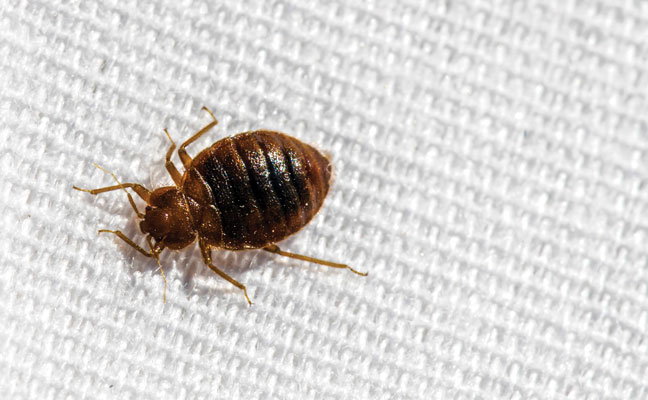
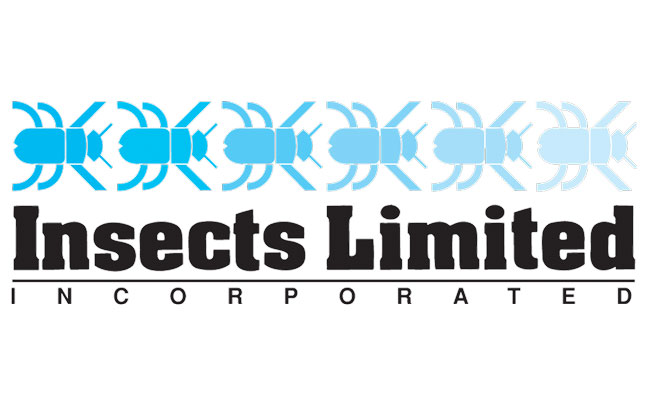 The
The 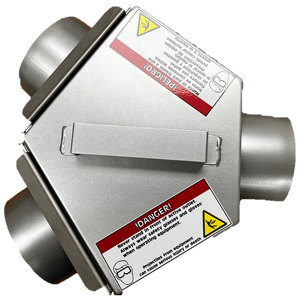



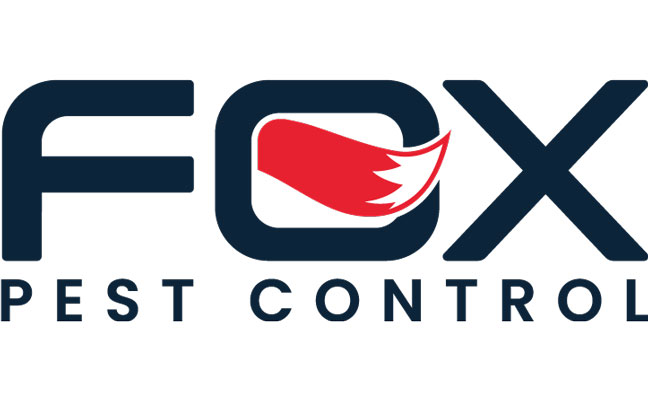



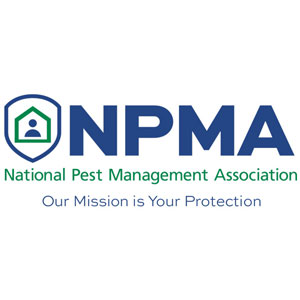 The
The 







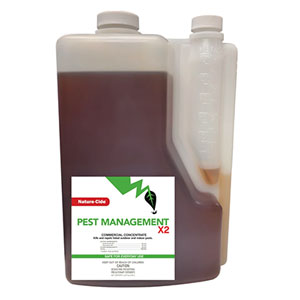


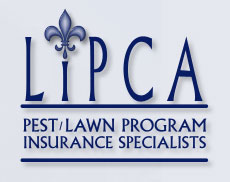 Since 1985, LIPCA Insurance has been 100 percent owned by pest and lawn professionals and their families. Its sole insurance program is completely focused on pest and lawn businesses and their exposures. LIPCA specializes with GL, Property, IM, BPP, CYBER and Excess/Umbrella coverages. It has access to Workers Compensation (W/C) and Auto coverages in most states. The firm will also work with any agent you choose. In addition, LIPCA has free pest, termite, bed bug and other contract templates available for its insureds.
Since 1985, LIPCA Insurance has been 100 percent owned by pest and lawn professionals and their families. Its sole insurance program is completely focused on pest and lawn businesses and their exposures. LIPCA specializes with GL, Property, IM, BPP, CYBER and Excess/Umbrella coverages. It has access to Workers Compensation (W/C) and Auto coverages in most states. The firm will also work with any agent you choose. In addition, LIPCA has free pest, termite, bed bug and other contract templates available for its insureds. The
The 

